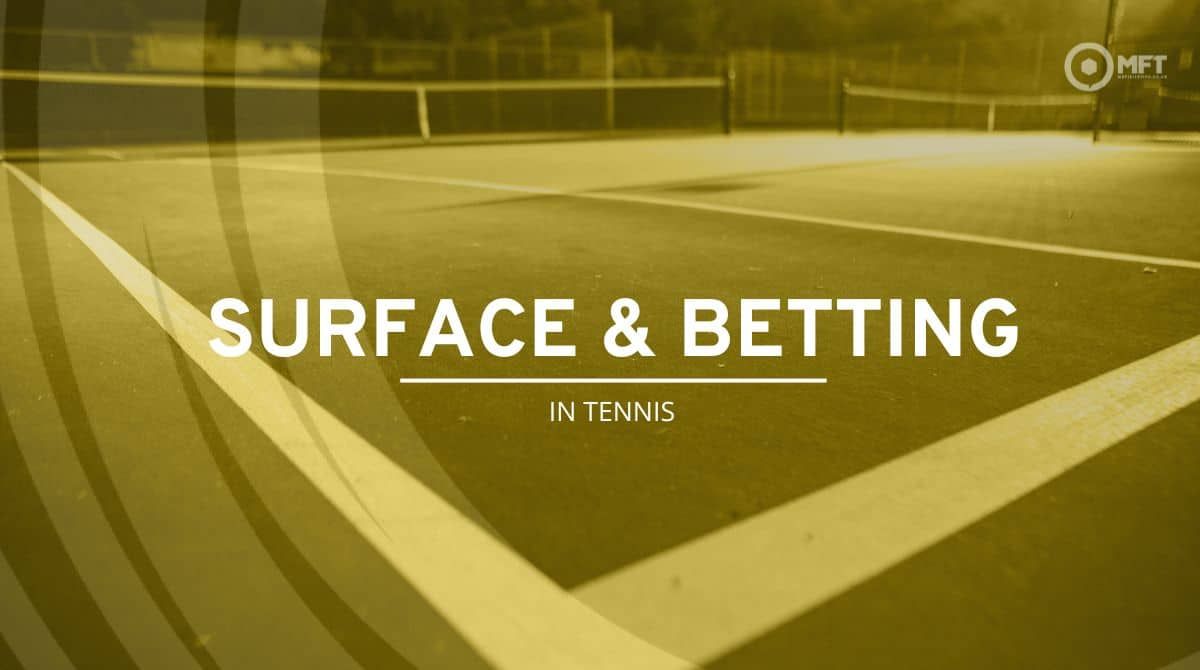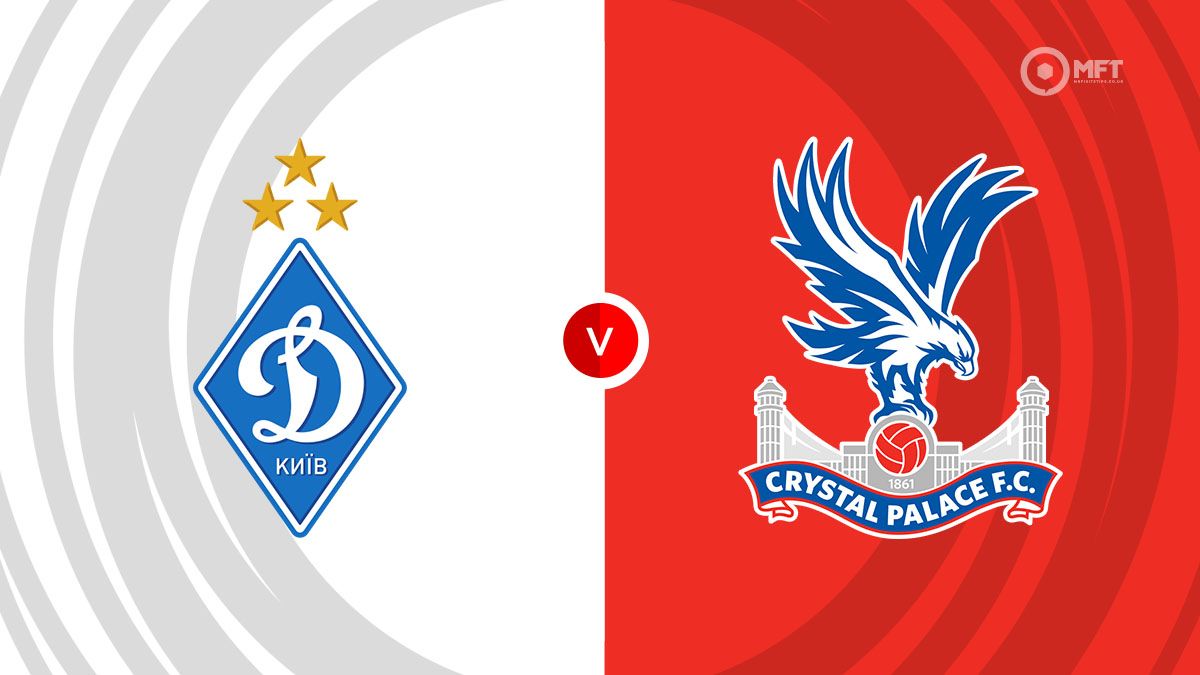Did you know surface can have a significant impact on betting in tennis?
When you think about tennis matches, you generally first think about the players. They are the active part of a tennis match and are proactively taking action. Contrary to that, the surface is a passive part of a tennis match, but it’s actually a very important part of the whole equation.
Most experienced tennis fans know that the surface makes a lot of difference in how not only matches play out but also how tennis players play on them. Let’s take the most common surface in tennis: hard courts. The vast majority of tennis courts in the world are hard courts. We have two Grand Slams on hard courts, and it’s generally an essential part of betting on tennis.
Read on for a breakdown of how surface impact betting in tennis.
Understanding the different surfaces in tennis
Hard
Hard courts are medium courts in tennis terms. They can be fast, they can slow, but generally they're in between.
The bounce is medium as well, not too high, not too low. They are slower than grass courts but quicker than clay courts. Hard courts are a happy medium because they’re designed to be that.
Due to how prevalent they are in tennis, most tennis players are quite familiar with them. Some players, like South American players, are not very familiar with them. This is because most of the courts in South America are clay courts, but as they start to play more and more at the higher levels, they get a decent amount of exposure.
Clay
The second most common surface in tennis is clay. It’s a generally pretty slow surface with higher bounces, which makes rallies longer and matches harder.
It’s not as easy to hit a winner on a clay court, and you generally have to slowly build up points and wait for the chance to pounce. It’s also a surface where movement is pretty important because everything comes down to how well you move.
The better you move, the more likely you’re going to put yourself in a position where you can win a point. Conversely, allowing yourself to stay in points under tremendous pressure is also important.
It’s one of those surfaces where simply being an annoying player pays off greatly because you can win points even if you spent most of it on the defensive end.
Grass
The least common surface in tennis are grass courts, and they’re mostly reserved for a couple of weeks ahead of Wimbledon.
It’s a super quick surface that generally features very few rallies in the classical sense. At most, we’ll get a few shots here and there, but most points are on the shorter side. Serves reign supreme on this surface, and it’s the easiest one to hit aces on.
Grass courts are also very low-bouncing courts. This makes it tough to dig out some balls compared to clay, for example, where the ball bounces really high, and you have plenty of time. It’s just a very snappy, quickly-playing surface.
How different surfaces impact betting in tennis
So with that in mind, how does the surface affect betting? Well, mostly, it comes down to styles of play and which work better.
A lot of players who grow up on clay play with a lot more spin than those who don’t. That’s because having more spin helps you play on clay. It doesn’t do much on grass, and it’s why Nadal never did that great at Wimbledon. Players who play with a lot of spin, like Casper Ruud, also struggle a lot on the surface.
Players who play more flat can struggle on clay, though that surface is generally more forgiving. You can do well on clay even if you play fairly flat as Juan Martin Del Potro played. Flat works really well on grass as well because it’s punchy and to the point. You get a ball, and you slam it, which just drops on the low bouncing grass.
Hard courts are suited for all players. You can do well with lots of spin in your shots, but more traditionally, a flatter approach has been better. Some of them play notoriously slow, such as the Indian Wells Masters, and you get many clay players who win a match there. Some others, like the Australian Open or US Open, play pretty quickly, and you won’t see many clay naturals do well there.
The courts on which you grow up influence your style of play. Very few players from the UK play with a lot of spin, and Spaniards generally play with more spin than other players. That makes a huge difference. Then it’s also the familiarity. The more you play on a surface, the more likely you’ll do well on it. It's why many players struggle on grass because, for many of them, Wimbledon is the first time they ever stand on one court.
Some surfaces are easier to adapt to than others, but then again, it mostly comes down to the individual.
Ultimately, the surface is a huge part of the equation when it comes to betting. You have to take into account what type of surface it is and how the player has been performing on it.
There is a reason why Djokovic barely ever beat Nadal on clay and why Nadal struggled against Djokovic on hard courts. That applies to every player, and while these days most players are pretty well versed in most surfaces, there are still clear preferences.
Carlos Alcaraz, for example, might have grown up on clay, but his style is more flat, and he actually prefers hard courts. Somebody like Ruud, who has more spin, prefers clay courts. Somebody like Matteo Berrettini does extremely well on grass due to his massive serve and really strong slice, which sinks into the court once it touches grass.
All of those factors contribute to the outcome of a match, and that’s why it’s important to know the differences. And knowing the surface isn’t all of it.
The Madrid Open is a clay event which plays faster than Indian Wells, which is a hard court. The reason why is that Madrid is high in altitude and has thinner air, which makes the balls fly quicker than Indian Wells, which is lower in altitude. Both have a higher bounce through, so the surface doesn’t always tell the full story, but it’s important to know nonetheless.
When you next go to bet on tennis, remember to pay attention to the surface when you’re choosing your betting markets. Consider whether players’ styles are suited to that surface or not, and bet accordingly.









































 GambleAware
GambleAware